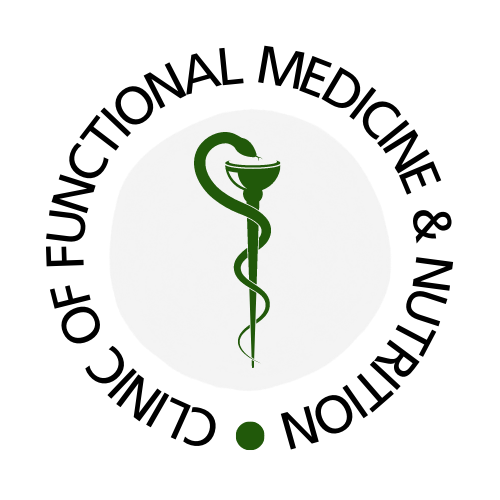Every mother wants her child to be healthy with strong immunity and sleep well. But unfortunately, very often, children’s health is compromised. Many things affect their health, including the concentration of omegas the child receives during pregnancy, breastfeeding, and food in the first years of life. The omegas play a vital role in healthy cell formation, and there are many evidence-based benefits of DHA in omega 3.
The first 1000 days of life are the “foundation” of health.
It is well known nowadays that genes influence our health by only 20%, whereas 80% depends on external factors. These factors are:
- habits
- lifestyle
- environment
- food and drinks
- psychological and social influence
The most important factor listed above is the food. Our eating habits are established in the first years of life and are tough to change once eating behavior has formed.

According to the American Academy of Pediatrics, “Nutrition of the mother before birth and nutrition of the child in the first 2 years of life (1000 days) are decisive factors in the neurodevelopment of the child and its mental health throughout life. Failure to provide essential nutrients during this period can lead to central nervous system abnormalities. It also increases the risk of developing diabetes, obesity, and hypertension (1).
The DHA in omega 3 what they are?
Many people know about the importance of consuming omega 3. We often hear that omega 3 is needed by the body, especially for preventing cardiovascular diseases. However, there is much more than that. Omega 3 is a whole group of polyunsaturated fatty acids divided into 11 varieties. It is one of the most studied substances for our body.
Three fatty acids are essential, so they must be obtained daily with food or supplements:
- ALA – alpha-linolenic fatty acid (ALA)
- EPA – eicosapentaenoic acid (EPA)
- DHA – docosahexaenoic acid (DHA)
In this post, I will focus more on the DHA in omega 3 because this fatty acid is primarily utilized to build cell membranes, especially brain cells, eyes, and the nervous system. To learn more about other evidence-bacs health benefits of omega, read my article Omega 3 benefits – all you need to know.
Did you know?! DHA fatty acid makes up about 40% of all the fats in the brain.
Pregnant and lactating women must consume DHA in omega 3 in sufficient quantities because this is the basis for the baby’s nervous system formation.
NOTE! The amount of this fatty acid in breast milk directly depends on the amount of DHA that enters the mother’s body.
To understand how much DHA the mother’s milk has, you have three options:
- DHA in Mother’s milk test. A non-invasive way to check the concentration of DHA in breast milk.
- Omega 3, 6, and 32 other fatty acids. A quick and painless blood test that requires only a drop of blood.
- Quick online Quiz to help you understand the approximate omega 3 you consume daily.
Health benefits of DHA in omega 3
Omega 3 DHA performs many functions in the body. Below I will focus on the evidence-based benefits of different pregnancy stages and the baby’s development.
- Prevent premature birth and reduce the risk of low body weight in babies (2).
- Play an essential role in forming phospholipid membranes in the retina and brain, which accumulates rapidly, especially during early infancy (3).
- It positively affects the baby’s biological clock, promoting good sleep and cheerfulness (4).
- Relieves symptoms in children and adolescents with attention deficit hyperactivity disorder (5).
- A good concentration of DHA reduces the risk and prevents the onset of asthma in children and adolescents (6).
- A high concentration of omega reduces the risk of food allergy and IgE-associated eczema in infants (7).
IMPORTANT!
Despite the many health benefits of omegas, one should not be taken it blindly and in high quantity because balance is the key to health. The best way is to perform the omega 3 and 6 test and then choose the dosage based on bodily needs.
Are you getting enough omega 3 DHA fatty acids?
About 80% of people worldwide do not get enough omega 3. This fatty acid is essential for our health, especially when planning a pregnancy, during pregnancy, or breastfeeding. The level of DHA in breast milk, as well as in blood, depends on the food you eat. To get enough omega 3 through the food, you should plan your diet and regularly eat fatty fish (salmon, anchovies, mackerel, sardines, herring) at least 3 times a week and other seafood 2 times a week.
But even this does not guarantee optimal omega levels because every day, we consume a lot of omega 6 daily through vegetable oils. Also, if your omega 3 levels were low, they would be even lower if you got pregnant and would breastfeed.
To improve the concentration of omega 3 and ensure a good amount of it is better to optimize it with supplements. Read my article Guide on how to choose the best omega 3 supplements.
Conclusions!
Children’s health directly depends on the mother’s resourcefulness.
Would you like to get support in planning to conceive a child? Work with our nutritional therapists that follow holistic and functional medicine approaches. We will be happy to help and support you on this journey; check out successful reviews of the clinic’s clients on our youtube channel.
I hope this article was helpful to you; if so, please share it with your friends on social media.
